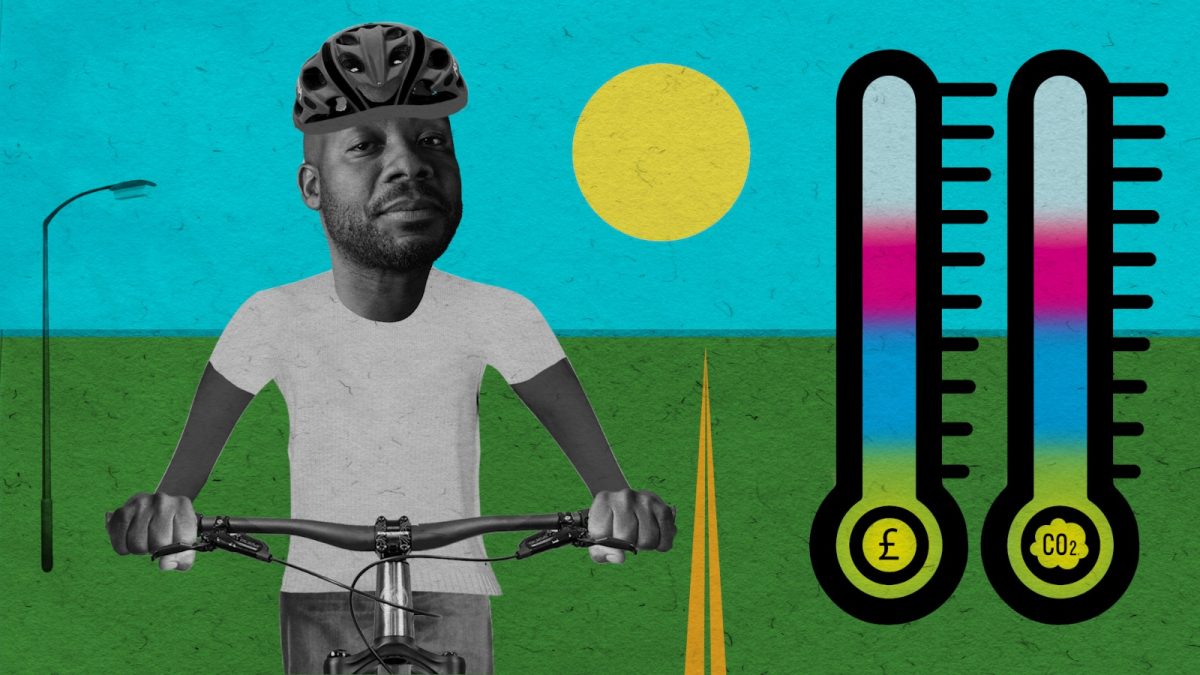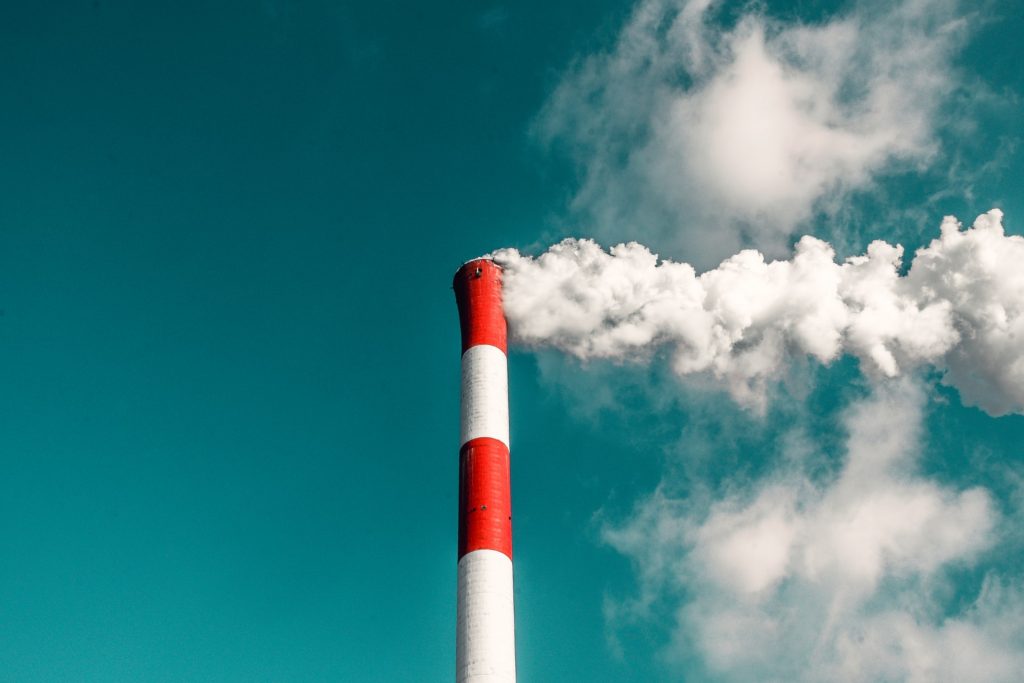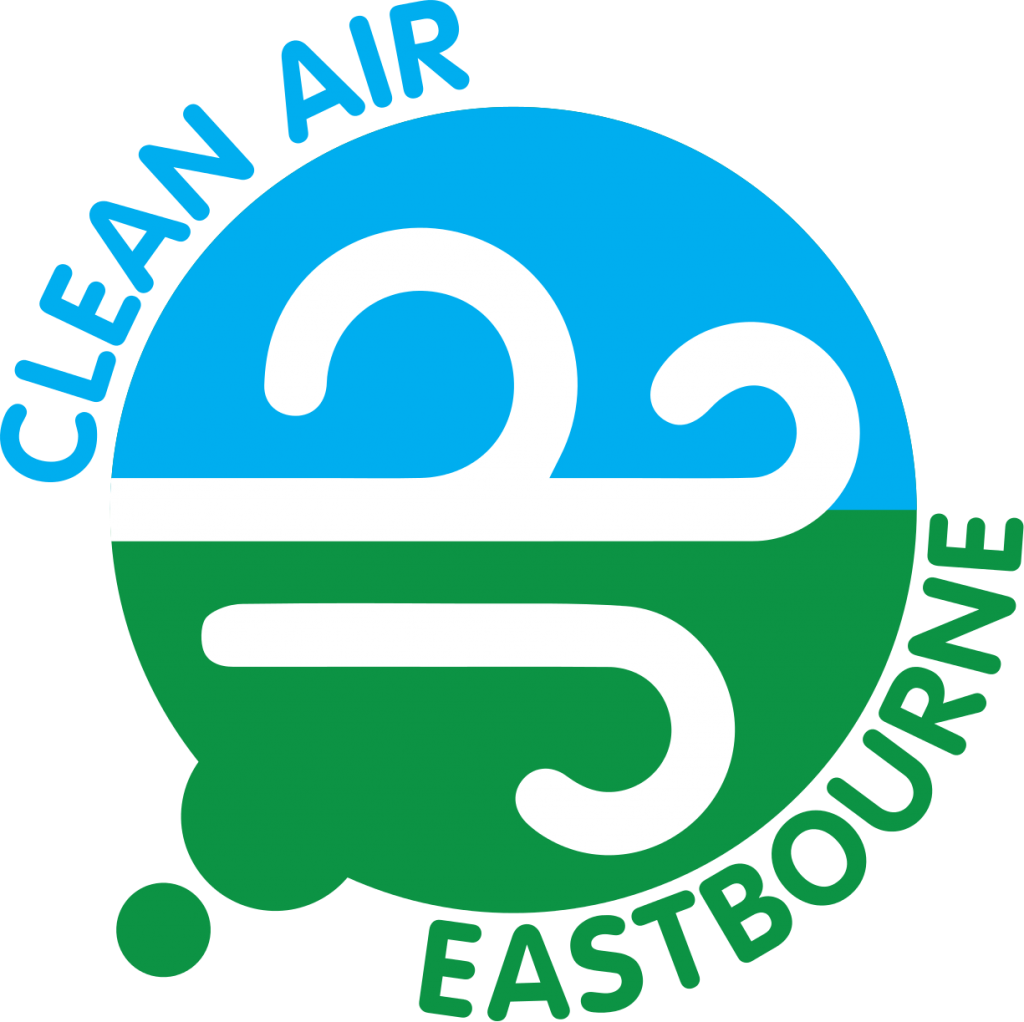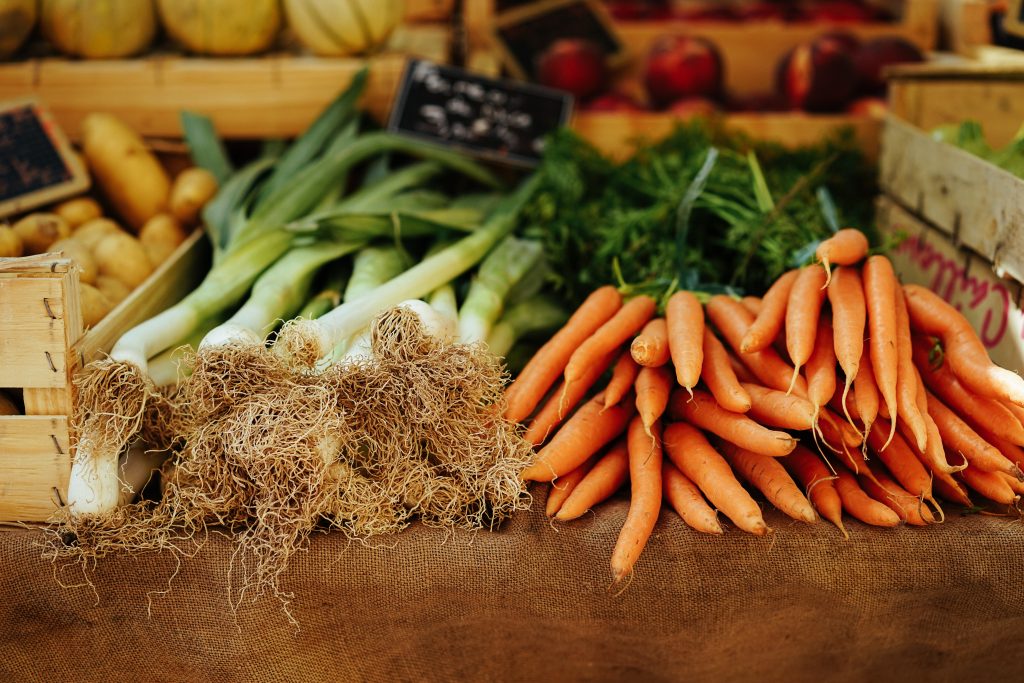The two biggest uses of carbon are buildings and transport.
Energy used in buildings emits 63% of the carbon used in our town. Buildings use energy for electricity for powering lights, computers etc and for heating. Gas heating is in a large percentage of buildings for hot water and heating. Gas is a major emitter of carbon in Eastbourne. By looking at how you use these it is possible to cut energy use. Your business will be cutting its energy bill and saving money.
In rush hour and other busy times of the day Eastbourne has many traffic jams. Not only do these waste time, emit a large amount of carbon but stationary cars with engines running emit dangerous compounds which cause air pollution. Air pollution is a problem in Eastbourne and it causes many people health problems, and premature deaths. It is in everyone’s interests that traffic pollution is tackled.
There are three things you can do as a business.
Switch energy supplier
Switch your energy supply to one which provides 100% renewable energy to the national grid. The price of producing renewable energy has come down considerably in the last few years. There are some really good deals around at the moment.
Click here to compare companies for renewable electricity contracts for business.
Get an energy audit on your building
Get an energy audit on your building. You can order one for free from East Sussex County Council. There is also a limited amount of money available in the form of a grant to help you reduce your energy costs. This is available on a first-come-first-served basis.
You can then start to make a plan of how to cut your carbon footprint at your workplace building. Get some quotes and make a plan. Actions may be something small and inexpensive like replacing all your electric bulbs to LEDs to something which requires more capital such as insulating your building.
Remote Working
Recent recent research by the Herman Miller Insight Group indicates that when asked about where employees want to work:
- 5% want to be back in the office;
- 19% love working from home;
- 53% want to work from home and their normal workplace.
Since the COVID crisis, we have already had many people working from home. This isn’t practical for all of the time but allowing staff to work at home for some of the time allows staff to achieve a better work/life balance and less stress. Less people commuting also has environmental impacts. Working flexibly where possible reduces the CO2 emissions from commuting. We recognise this needs an intelligent approach, and to ensure the well being of staff. Read the Home Working Guidance developed by the University of Bristol.
Using Active Transport
For journeys travelling to and from the workplace with a distance of 5 km or less than active transport should be encouraged. Walking or cycling to work not only has great health benefits for the person but fewer cars on the road mean fewer traffic jams for everyone and this in term improves air quality and everyone in Eastbourne benefits.
Take a look at the government’s bike to work scheme.
Or have a look at the Green Commute Initiative which allows for the cost of more expensive e-bikes.
There have been a lot of new ways of transport developed in recent years as alternatives to car transport.
Learn more about the e-bikes
Here is some really useful information about ebikes
Electric cargo bikes for business
We are working towards a carbon neutral Eastbourne by 2030.
Miles Berkley
Executive Director, EEAN
Rachel Norris
Workplace Group, EEAN







